| Picture | Title | Description |
|---|---|---|
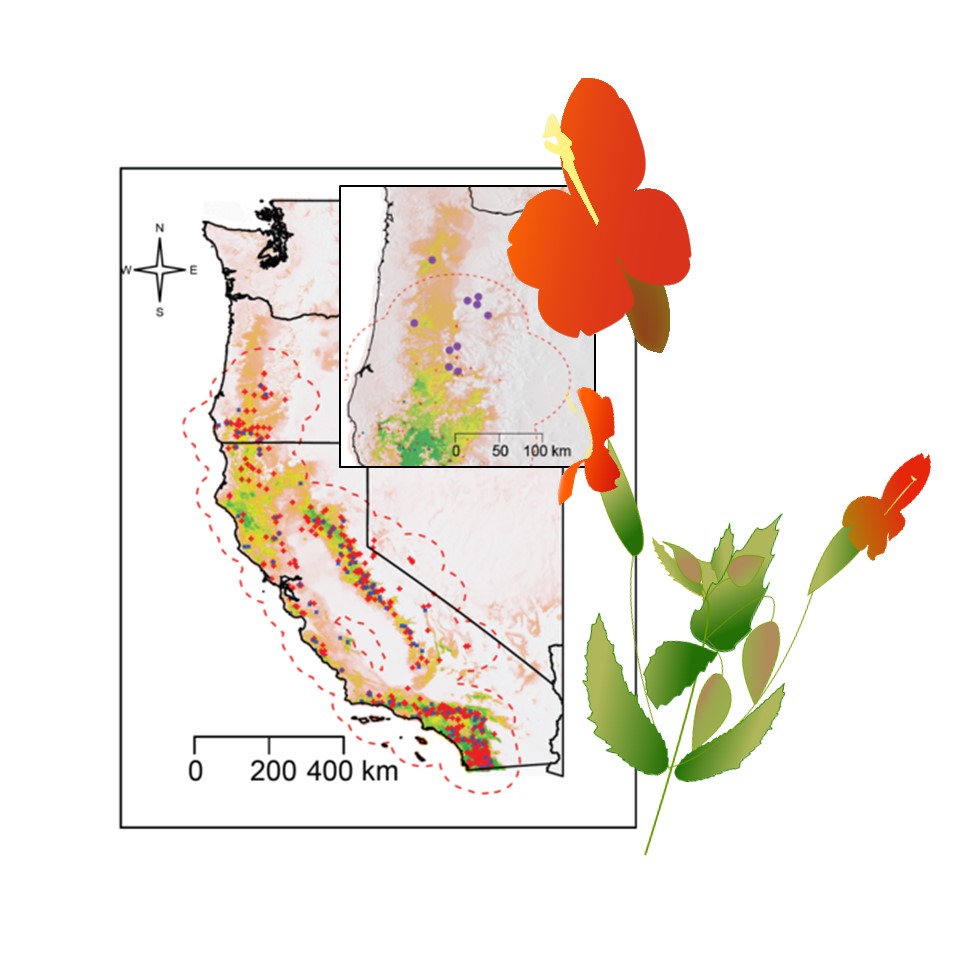 |
Mapping a species niche and its distribution |
Article by Matthew Bayly (Angert Lab). A current important area of research effort involves understanding how species’ geographic distributions and range limits will respond to climate change. But for most species of interest we lack basic data on how their fitness changes along climatic gradients. In many cases distribution data from atlases, herbarium specimens and vegetation… |
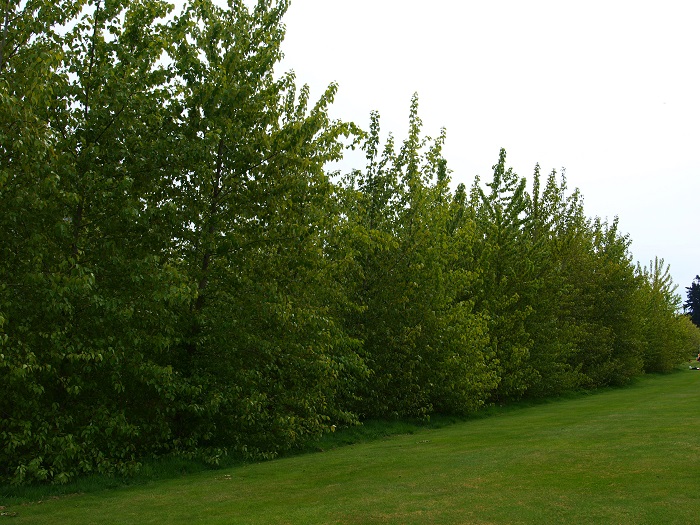 |
The ‘Engineering’ Behind Hybrid Trees |
Figure 1. Five years old Populus trichocarpa trees at Totem Field collection, UBC. Article by Adriana Suarez-Gonzalez (Douglas lab) If you are reading this article, then you survived your birth, acclimated to rainy and cold weather and have successfully battled a number of flu viruses. The same happens in trees, but because plants are stationary and can’t… |
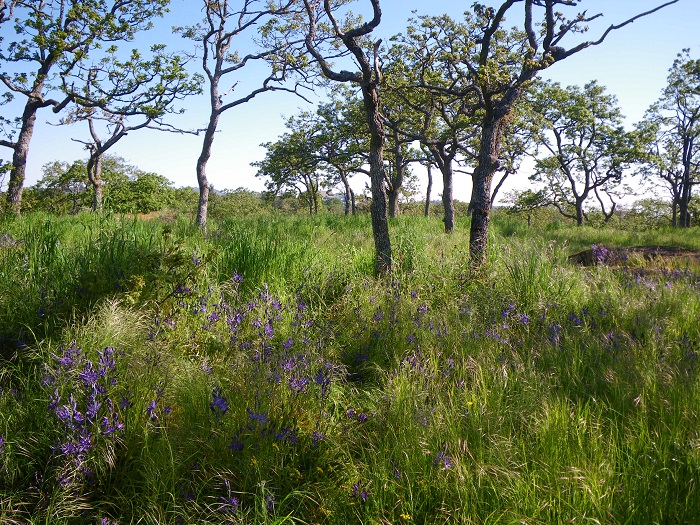 |
Are Canada’s Species At Risk recovering? |
Article by Bill Harrower, Jenny McCune, and Jeannette Whitton National level endangered species laws are designed to prevent species from going extinct. Canada’s endangered species law, the Species At Risk Act (or SARA), was enacted almost 13 years ago1. Associate Professor Jeannette Whitton led a group of 14 students and researchers from the UBC Botany Department, the… |
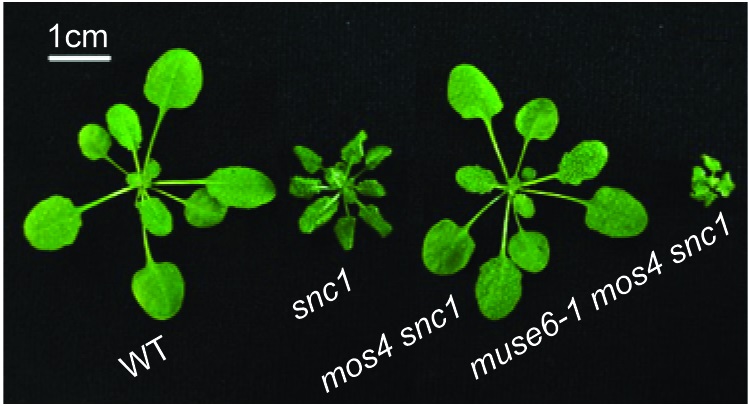 |
Preventing autoimmunity in plants |
Article by Xin Li lab Like animals, plants are constantly exposed to bacteria, viruses, and fungi that have the potential to cause diseases. To remain healthy plants possess a complex immune system which relies on immune receptors that are able to recognize pathogens and respond before an infection is established. If a pathogen is able to avoid… |
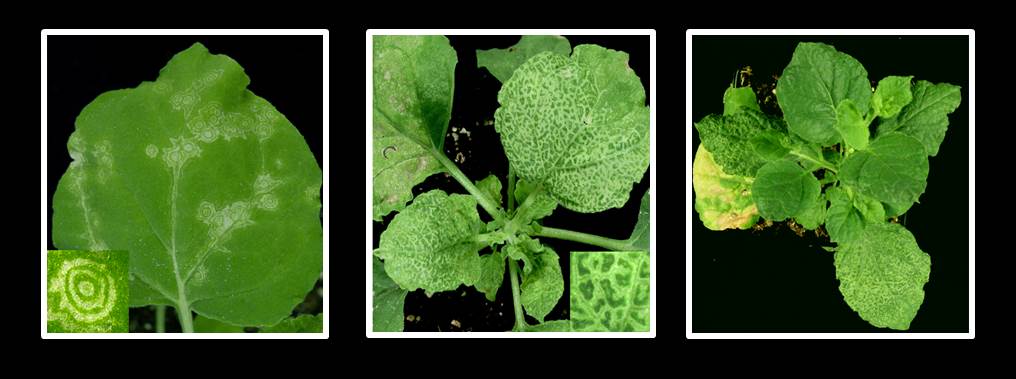 |
How do interactions between plants and viruses influence symptom severity? |
Article by Hélène Sanfaçon Plant viruses can cause significant economic losses in cultivated plants by inducing visual symptoms that affect plant productivity. However, there are also many viruses that co-exist with their hosts without inducing significant symptoms. Symptom severity is determined not only by the ability of viruses to multiply and to disrupt the physiology… |






